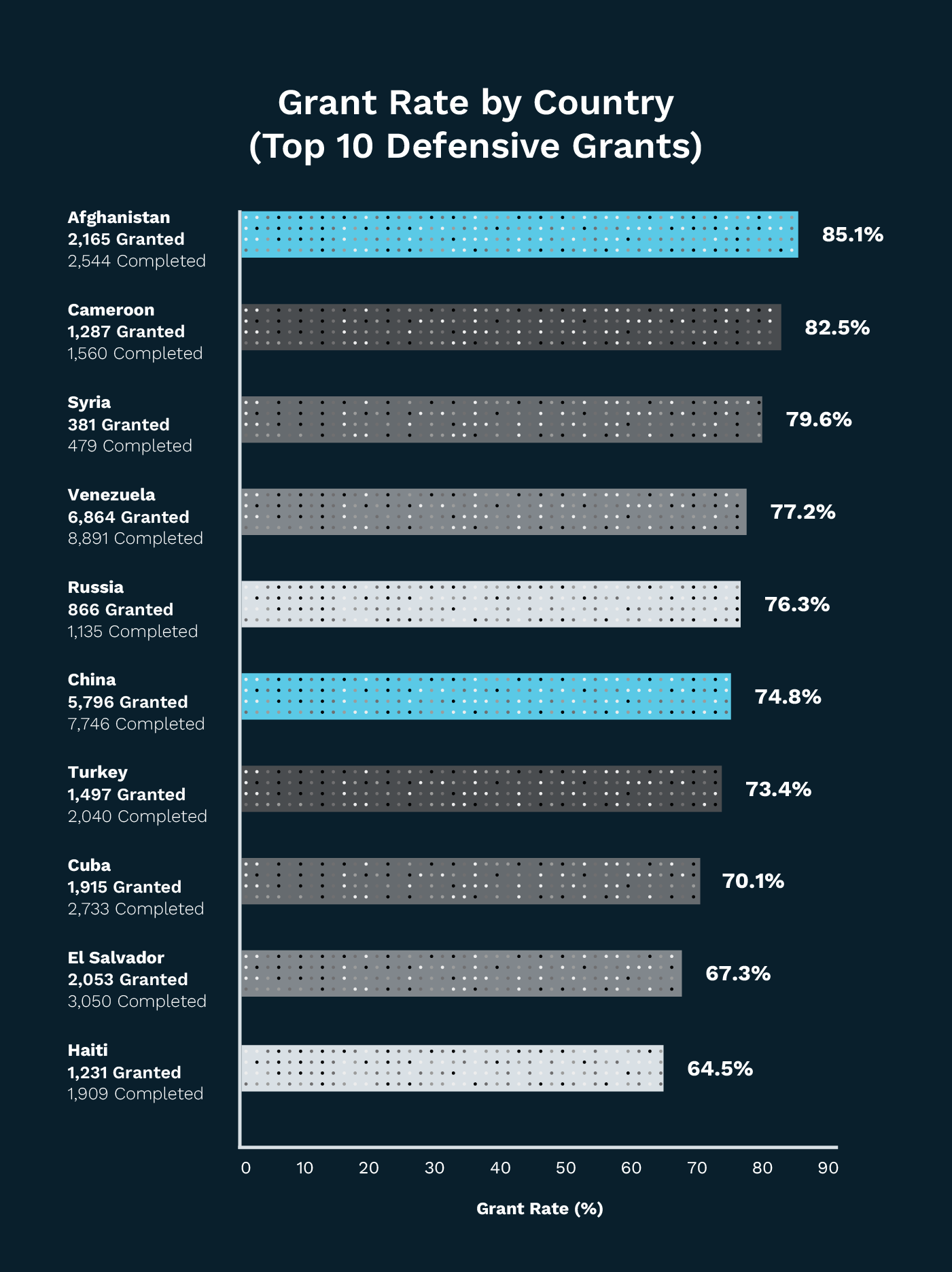@sams4raa
we SHUT DOWN a whole country for two weeks, but the newspapers aren’t talking about it #freepalestine #italy #rome #protest #freegaza
♬ sonido original – nina ?
American news outlets are not reporting that Italy has come to a complete standstill over the Gaza protests. Millions of Italians took to the streets after Israel seized the Sumud flotilla. The Italian military was initially guiding the flotilla until it was forced to standby.
Four Italian opposition politicians from the Five Star Movement, Greens, and Left Alliance (AVS) were among those detained, and around 20 of the activists detained by Israel were of Italian origin. Dock workers in Genoa, Naples, Livorno, Ancona, and other ports will not touch any shops bound for Israel. CGIL and USB, the largest unions in Italy, called for a general strike on October 3. The protest spread like a contagion across the nation to over 100 cities.
Public transportation is not available. Flights are grounded. Schools and universities temporarily shut their doors. Hospitals are operating at minimal capacity as workers simply walk out. In Rome alone, over 300,000 people marched from Piazza Vittorio to Porta Maggiore demanding freedom in Gaza, but it is believed at least one million people descended on the nation’s capital overall. Over 100,000 protestors in Bologna blocked the A14 motorway. Another 80,000 men and women marched through the streets of Milan. Organizers stated 50,000 people took to the streets in Turin and another 40,000 in Genoa. This movement spread extremely rapidly with little notice. There were existing grievances against the Italian government, clearly, and Italian authorities are simply outnumbered.
Transport Minister Matteo Salvini responded by warning the organizers will “pay personally” for beginning the massive unrest, adding “if violence prevails, the state will react.” Georgia Meloni mocked the protests, brushing them off as “a long weekend disguised as revolution.” Strikes blocking transportation in Italy are commonplace, but not of this magnitude. “Today, 1 million Italians will be left stranded on trains alone,” Deputy Prime Minister Matteo Salvini told the Mattino Cinque television show.
That’s one expense “long weekend” with early estimates believing the nation lost €143–178 million due to the strike, at the low end. Other estimates, factoring in the 2 million striking workers, blocked transport, lost labor hours, and delayed commerce, put the cost at €600–900 million.
The protests are about more than simply the flotilla or Gaza aid. The working class and youth are leading these protests, disgruntled at the cost-of-living crisis, while the European Union sends endless aid to fund foreign wars. Discontent is growing on a global scale. There is a reason that the American media refuses to air what is happening in Italy—and across the continent of Europe, as similar protests are on the rise.


























